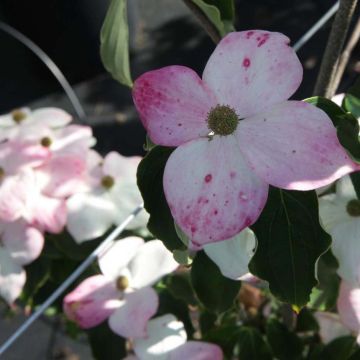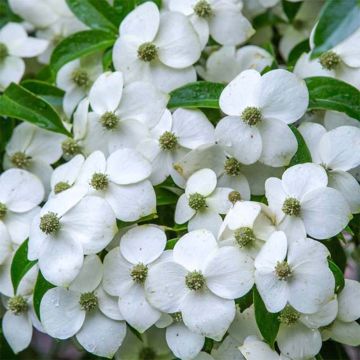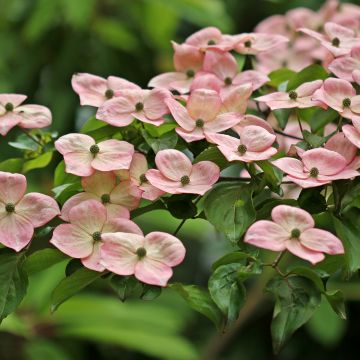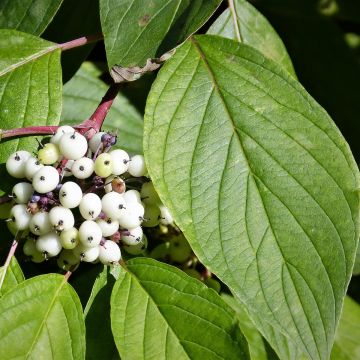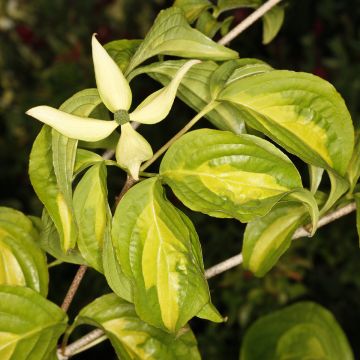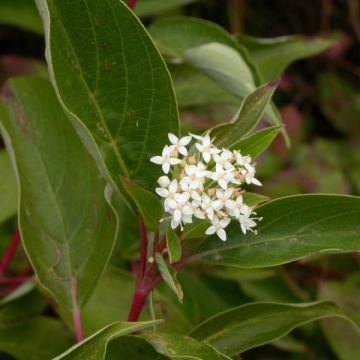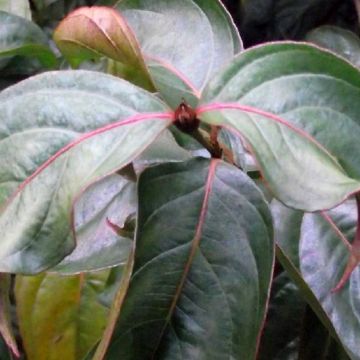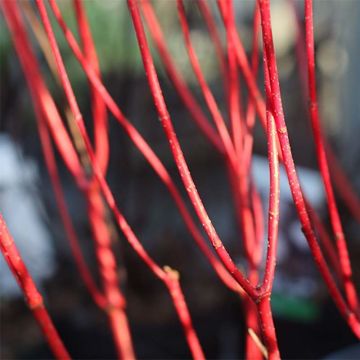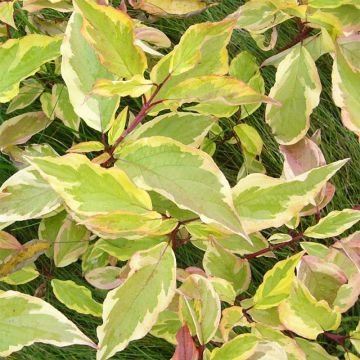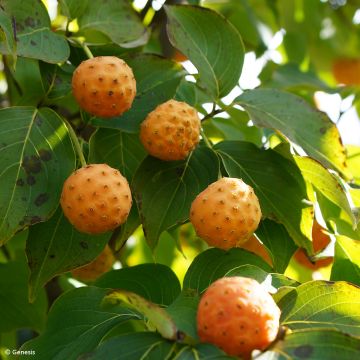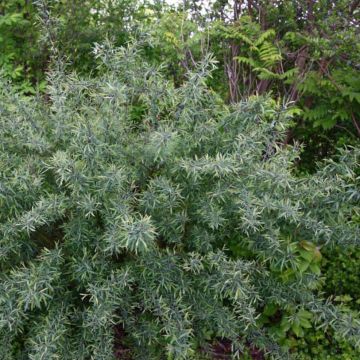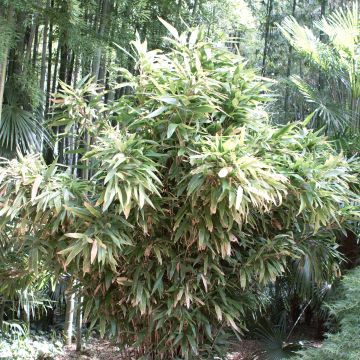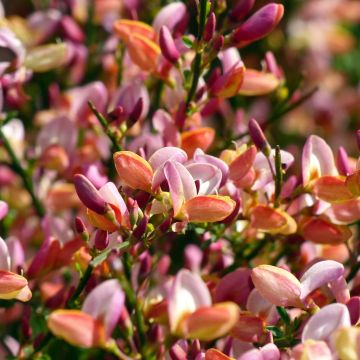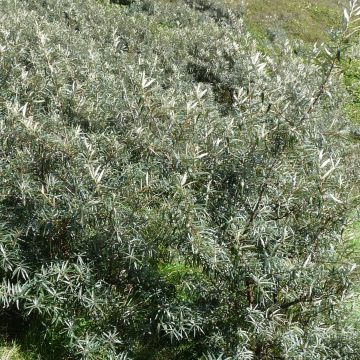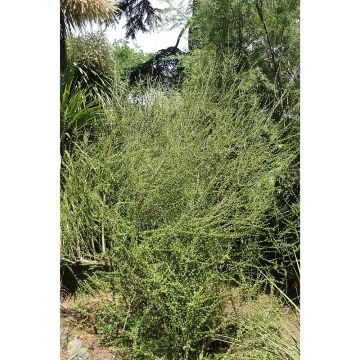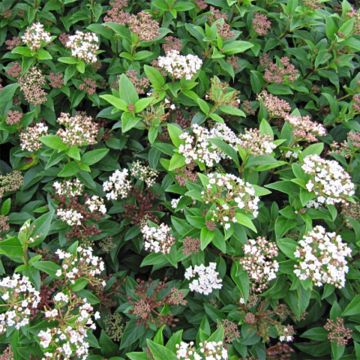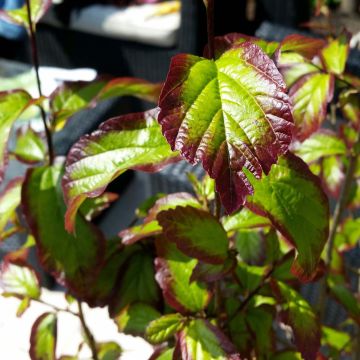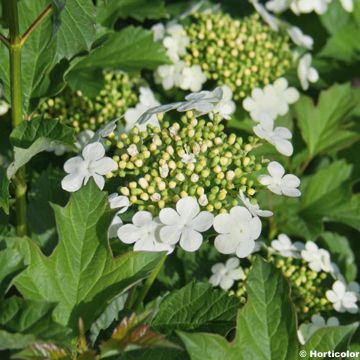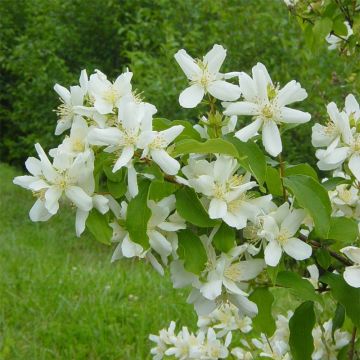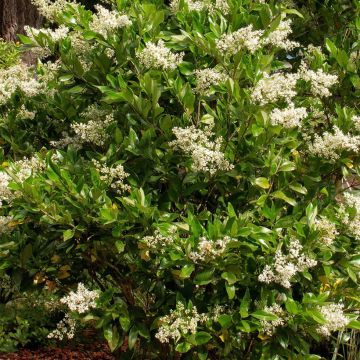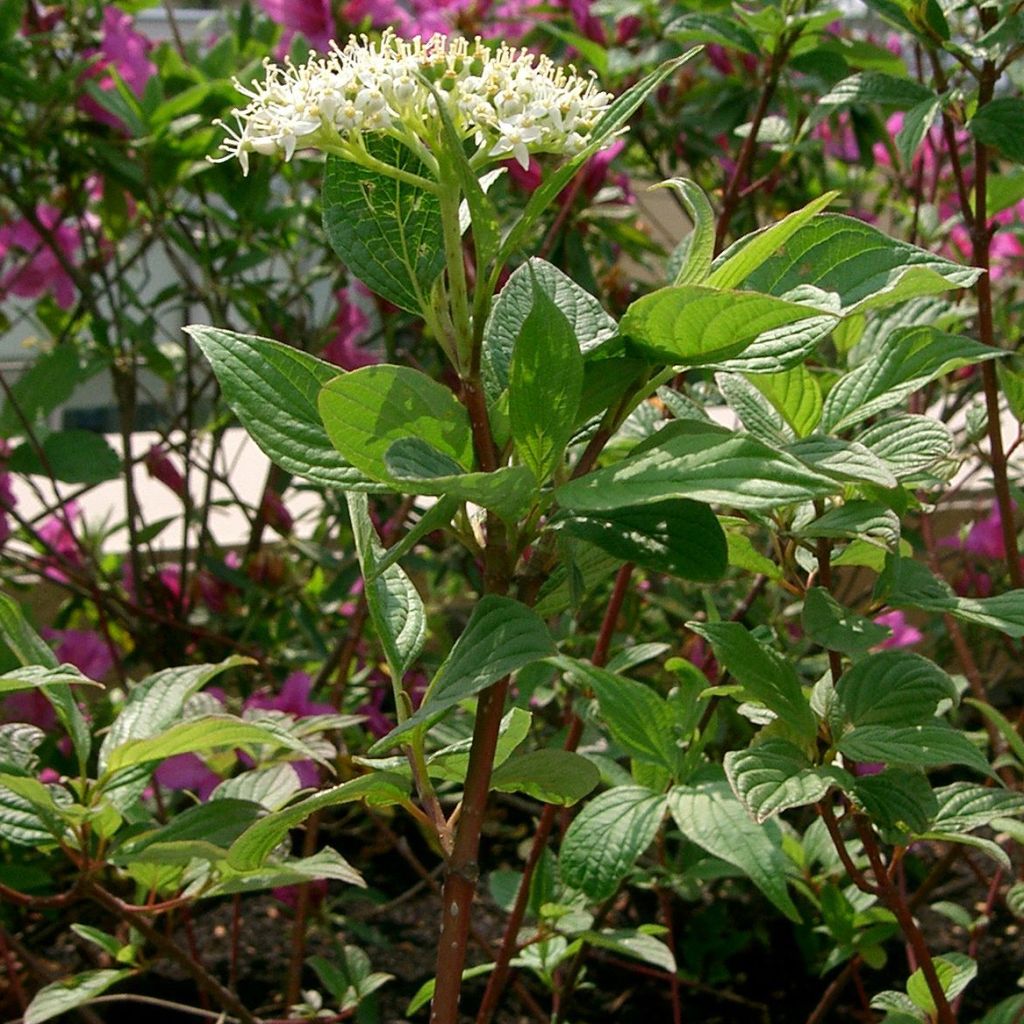

Cornus alba Sibirica - White Dogwood
Cornus alba Sibirica - White Dogwood
Cornus alba Sibirica
White Dogwood, Siberian Dogwood
This item cannot be shipped to the selected country
Delivery charge from €5.90
Delivery charge from €5.90
Delivery charge from €5.90
Delivery charge from €5.90
More information
Schedule delivery date,
and select date in basket
This plant carries a 24 months recovery warranty
More information
We guarantee the quality of our plants for a full growing cycle, and will replace at our expense any plant that fails to recover under normal climatic and planting conditions.
From €5.90 for pickup delivery and €6.90 for home delivery
Express home delivery from €8.90.
From €5.90 for pickup delivery and €6.90 for home delivery
Express home delivery from €8.90.
From €5.90 for pickup delivery and €6.90 for home delivery
Express home delivery from €8.90.
From €5.90 for pickup delivery and €6.90 for home delivery
Express home delivery from €8.90.

Does this plant fit my garden?
Set up your Plantfit profile →
Description
The Siberian Dogwood, scientifically known as Cornus alba 'Sibirica', is a hardy bush with a bushy habit that reveals its striking beauty in autumn and winter. It boasts stunning green foliage that turns a dazzling shade once the days shorten. As autumn gives way to winter, the foliage fades to reveal the bush's main asset - red branches that brighten up the cold season. The Siberian Dogwood makes a beautiful background for flower beds in spring and summer. It also makes up a beautiful, varied hedge thanks to its discreet white flowering in May-June and fruit in the form of small round berries that turn blue at the end of summer.
This bush belongs to the Cornaceae family, and its origin provides essential information about its needs. It is found in damp forests near water sources or at high altitudes (around 1000 m) in the wild. Therefore, it grows best in moist soil exposed to sun or partial shade, and it can easily withstand colder temperatures. Prune it more or less severely, depending on the shape you wish to create. This will also encourage the growth of new, even more colourful branches when they are young.
The Siberian Dogwood is a plant that grows up to 2 meters tall. Depending on size and branching, it can also spread as a bush up to 1.5 meters wide. The plant has numerous simple, opposite, ovate, and pointed leaves that are distinctly veined. During spring and summer, the leaves appear in a pretty green colour. However, they turn red in autumn and disappear. The plant also produces small white flowers in May-June, which attract pollinators and add animation to the garden. The flowers are grouped in 5-6 cm corymbs and are attractive. Later, the plant produces spherical berries that are initially white but turn blue at the end of summer. When everything is bare in winter, the Siberian Dogwood stands out with its bright red stems that warm up the atmosphere and catch the eye. It can be complemented with evergreen shrubs for contrast and variety with red or yellow flowers to enhance the garden's beauty. Also, the stems can be used for making bouquets and compositions following the rules of Ikebana.
Depending on what you want to highlight in autumn and winter, the Cornus alba 'Sibirica' can be placed in various spots. It can be positioned to be visible from inside the house, framed by windows or glass doors. Alternatively, it can be placed in a secluded corner of the garden to encourage walks or in the centre of a bed of small evergreens to enliven them. If you plant it in a free hedge, it will blend well with complementary shrubs, such as the Japanese Quince 'Eximia', the evergreen foliage of Photinia fraseri 'Corallina', or the scented Buddleias.
Report an error about the product description
Cornus alba Sibirica - White Dogwood in pictures
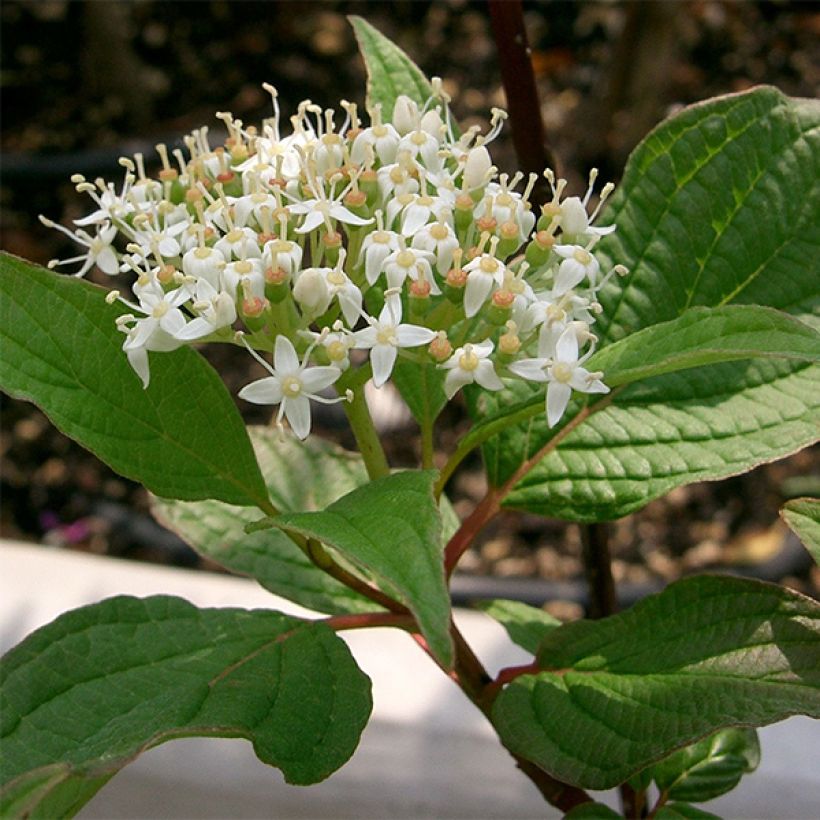

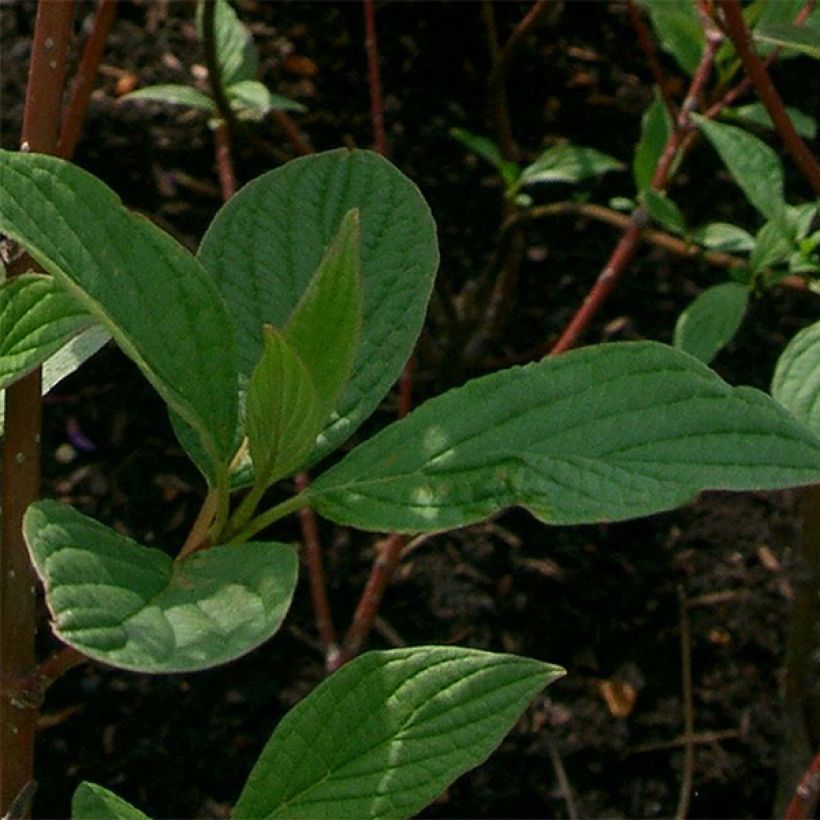

Plant habit
Flowering
Foliage
Botanical data
Cornus
alba
Sibirica
Cornaceae
White Dogwood, Siberian Dogwood
Cultivar or hybrid
Other Cornus
Planting and care
The Cornus alba 'Sibirica' thrives in cool, fertile, and humus-rich soil and can even tolerate slightly chalky and moist soils. It prefers exposure to partial shade or full sun.
Planting period
Intended location
Care
-
, onOrder confirmed
Reply from on Promesse de fleurs
Hedge shrubs
Haven't found what you were looking for?
Hardiness is the lowest winter temperature a plant can endure without suffering serious damage or even dying. However, hardiness is affected by location (a sheltered area, such as a patio), protection (winter cover) and soil type (hardiness is improved by well-drained soil).

Photo Sharing Terms & Conditions
In order to encourage gardeners to interact and share their experiences, Promesse de fleurs offers various media enabling content to be uploaded onto its Site - in particular via the ‘Photo sharing’ module.
The User agrees to refrain from:
- Posting any content that is illegal, prejudicial, insulting, racist, inciteful to hatred, revisionist, contrary to public decency, that infringes on privacy or on the privacy rights of third parties, in particular the publicity rights of persons and goods, intellectual property rights, or the right to privacy.
- Submitting content on behalf of a third party;
- Impersonate the identity of a third party and/or publish any personal information about a third party;
In general, the User undertakes to refrain from any unethical behaviour.
All Content (in particular text, comments, files, images, photos, videos, creative works, etc.), which may be subject to property or intellectual property rights, image or other private rights, shall remain the property of the User, subject to the limited rights granted by the terms of the licence granted by Promesse de fleurs as stated below. Users are at liberty to publish or not to publish such Content on the Site, notably via the ‘Photo Sharing’ facility, and accept that this Content shall be made public and freely accessible, notably on the Internet.
Users further acknowledge, undertake to have ,and guarantee that they hold all necessary rights and permissions to publish such material on the Site, in particular with regard to the legislation in force pertaining to any privacy, property, intellectual property, image, or contractual rights, or rights of any other nature. By publishing such Content on the Site, Users acknowledge accepting full liability as publishers of the Content within the meaning of the law, and grant Promesse de fleurs, free of charge, an inclusive, worldwide licence for the said Content for the entire duration of its publication, including all reproduction, representation, up/downloading, displaying, performing, transmission, and storage rights.
Users also grant permission for their name to be linked to the Content and accept that this link may not always be made available.
By engaging in posting material, Users consent to their Content becoming automatically accessible on the Internet, in particular on other sites and/or blogs and/or web pages of the Promesse de fleurs site, including in particular social pages and the Promesse de fleurs catalogue.
Users may secure the removal of entrusted content free of charge by issuing a simple request via our contact form.
The flowering period indicated on our website applies to countries and regions located in USDA zone 8 (France, the United Kingdom, Ireland, the Netherlands, etc.)
It will vary according to where you live:
- In zones 9 to 10 (Italy, Spain, Greece, etc.), flowering will occur about 2 to 4 weeks earlier.
- In zones 6 to 7 (Germany, Poland, Slovenia, and lower mountainous regions), flowering will be delayed by 2 to 3 weeks.
- In zone 5 (Central Europe, Scandinavia), blooming will be delayed by 3 to 5 weeks.
In temperate climates, pruning of spring-flowering shrubs (forsythia, spireas, etc.) should be done just after flowering.
Pruning of summer-flowering shrubs (Indian Lilac, Perovskia, etc.) can be done in winter or spring.
In cold regions as well as with frost-sensitive plants, avoid pruning too early when severe frosts may still occur.
The planting period indicated on our website applies to countries and regions located in USDA zone 8 (France, United Kingdom, Ireland, Netherlands).
It will vary according to where you live:
- In Mediterranean zones (Marseille, Madrid, Milan, etc.), autumn and winter are the best planting periods.
- In continental zones (Strasbourg, Munich, Vienna, etc.), delay planting by 2 to 3 weeks in spring and bring it forward by 2 to 4 weeks in autumn.
- In mountainous regions (the Alps, Pyrenees, Carpathians, etc.), it is best to plant in late spring (May-June) or late summer (August-September).
The harvesting period indicated on our website applies to countries and regions in USDA zone 8 (France, England, Ireland, the Netherlands).
In colder areas (Scandinavia, Poland, Austria...) fruit and vegetable harvests are likely to be delayed by 3-4 weeks.
In warmer areas (Italy, Spain, Greece, etc.), harvesting will probably take place earlier, depending on weather conditions.
The sowing periods indicated on our website apply to countries and regions within USDA Zone 8 (France, UK, Ireland, Netherlands).
In colder areas (Scandinavia, Poland, Austria...), delay any outdoor sowing by 3-4 weeks, or sow under glass.
In warmer climes (Italy, Spain, Greece, etc.), bring outdoor sowing forward by a few weeks.

































